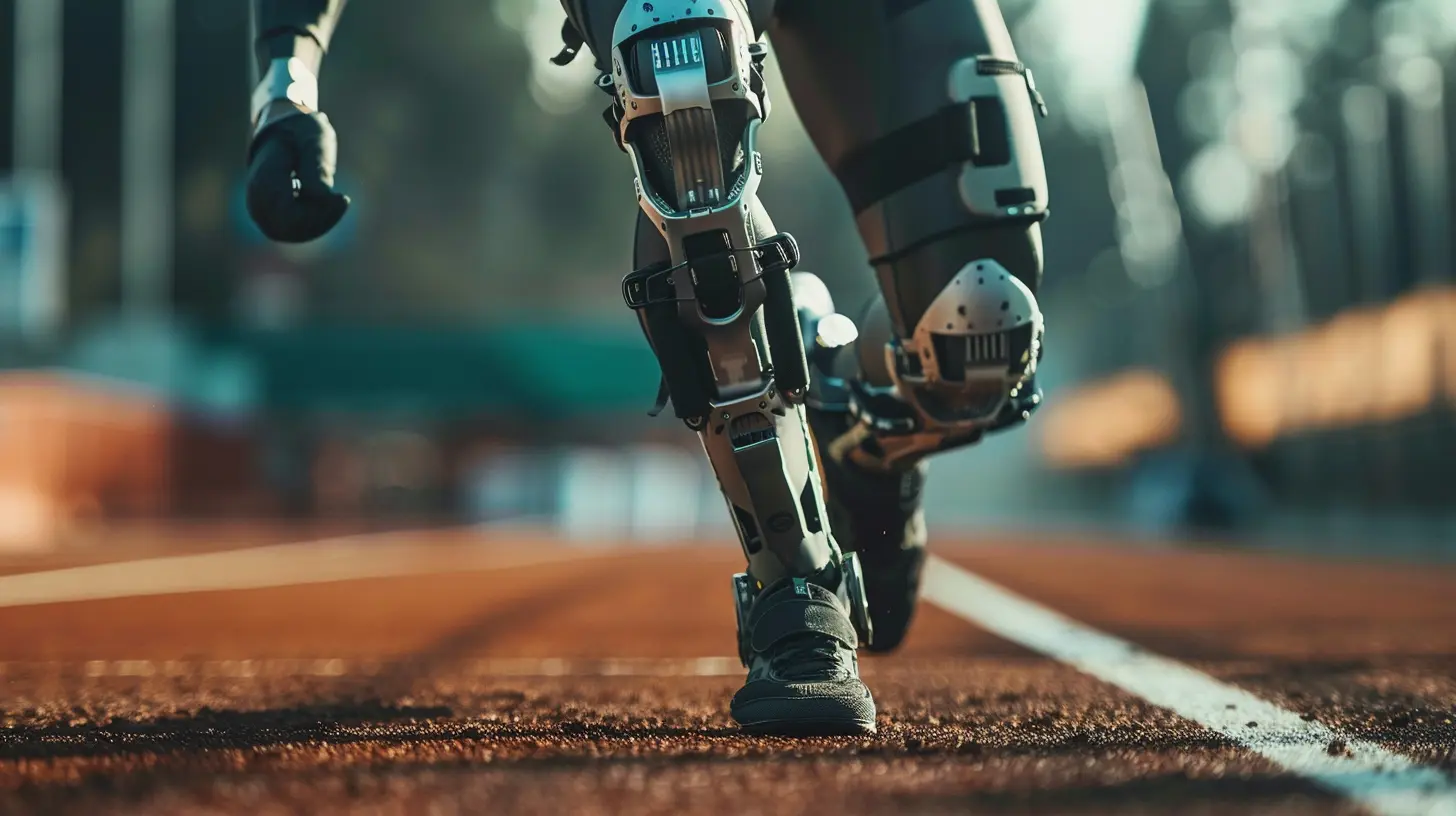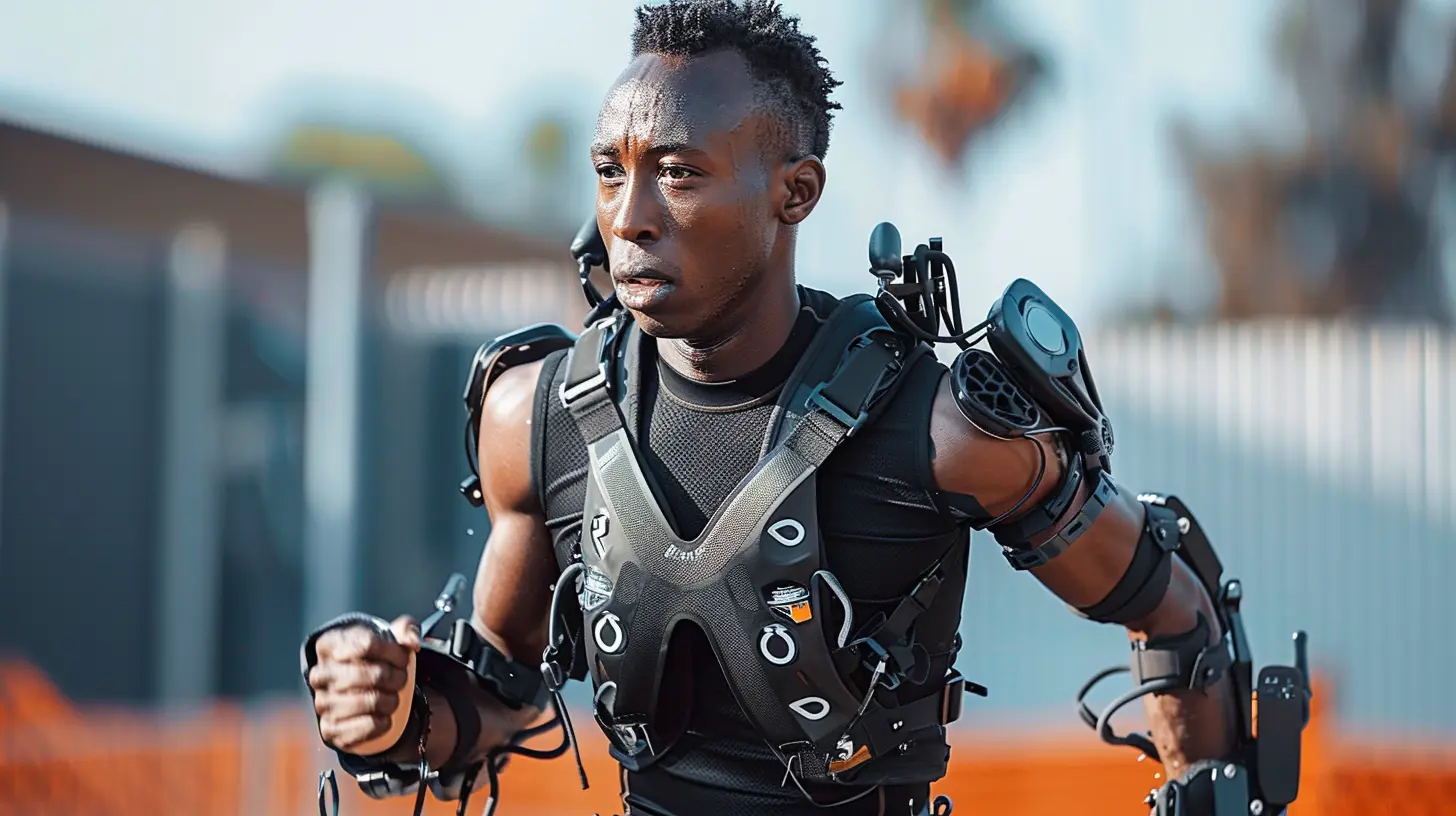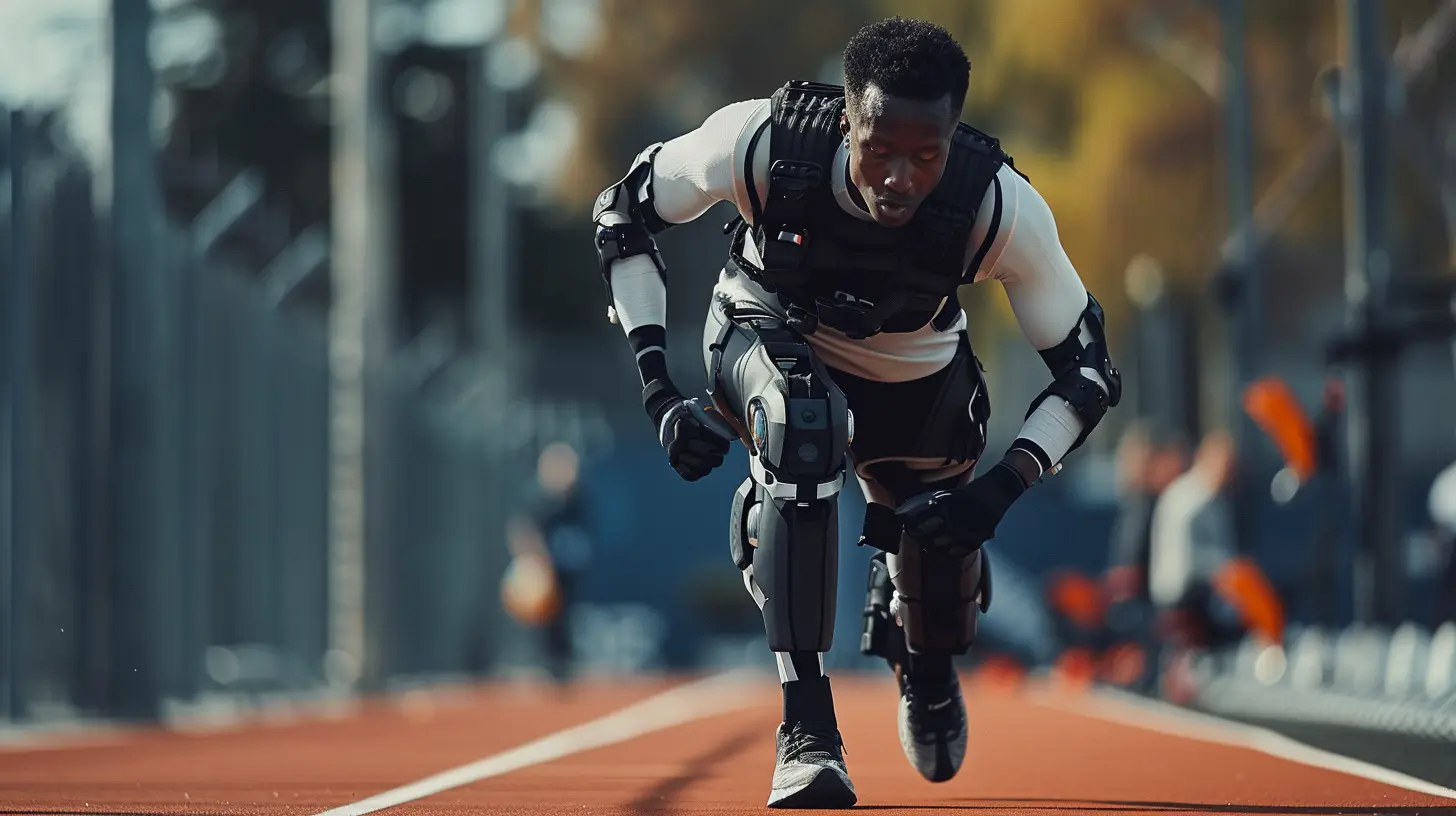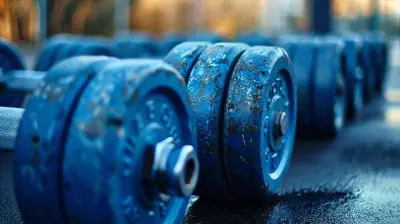Exoskeletons: The Future of Athlete Recovery and Performance
7 June 2025
Athletes are constantly pushing their limits, striving to run faster, jump higher, and last longer. But with intense performance comes the inevitable wear and tear on the body. That’s where technology steps in, and one of the most exciting innovations in sports science today is exoskeletons.
These futuristic suits aren’t just for sci-fi movies; they’re becoming a game-changer in athlete recovery and performance enhancement. Imagine a suit that helps you recover faster from injuries or boosts your endurance during training—sounds like something out of Iron Man’s playbook, right? Well, the future is here.

What Are Exoskeletons?
Exoskeletons are wearable robotic devices designed to support and enhance human movement. Initially developed for medical rehabilitation and military applications, they are now making waves in the sports industry.These devices can be powered (motorized) or passive (mechanical assistance), depending on their purpose. Some provide muscular support, while others reduce stress on joints and improve mobility.
How Do They Work?
Exoskeletons work by distributing the force exerted on the body, reducing muscle fatigue, and aiding in efficient movement. Sensors and AI-driven algorithms analyze body movements in real time, providing assistance exactly where it’s needed. This smart technology allows athletes to train harder while minimizing the risk of injuries.
The Role of Exoskeletons in Athlete Recovery
Every athlete, whether professional or amateur, understands how crucial proper recovery is. Overtraining or inadequate rehabilitation from injuries can lead to more serious problems down the road. Here’s how exoskeleton technology is revolutionizing athlete recovery:1. Faster Rehabilitation from Injuries
Injuries are an unfortunate reality in sports. Whether it’s a torn ligament, muscle strain, or spinal injury, recovery can be a slow and frustrating process. Exoskeletons assist in rehabilitation by offering controlled movements that help injured athletes regain mobility faster.For example, in cases of ACL injuries, exoskeletons provide support to the knee, reducing strain and allowing athletes to start mobility exercises earlier than traditional recovery programs would allow.
2. Reduced Muscle Fatigue
Ever felt like your legs turned into jelly after an intense workout? That’s muscle fatigue at work. Exoskeletons help by absorbing some of the physical load, reducing the overall strain on muscles. This means quicker recuperation and the ability to train more frequently without overtaxing the body.3. Pain Management and Joint Relief
Athletes dealing with chronic pain or joint issues—common in high-impact sports like running, basketball, and football—can benefit tremendously from exoskeleton support. These devices redistribute weight and pressure, reducing the impact on sensitive joints and aiding in pain relief.4. Neuromuscular Training
For athletes recovering from nerve-related injuries, exoskeletons play a vital role in neuromuscular re-education. They help the brain and muscles relearn coordinated movement patterns, speeding up the rehabilitation process.
Enhancing Athlete Performance with Exoskeletons
Recovery is one side of the coin; the other is performance optimization. Athletes are always looking for ways to improve their efficiency, endurance, and strength. Exoskeletons offer a revolutionary approach to reaching peak athletic performance.1. Boosted Endurance and Stamina
One of the biggest challenges for athletes is maintaining stamina and endurance over long periods. Exoskeletons reduce energy expenditure by providing additional support to muscles and joints, allowing athletes to train longer and perform at higher levels.For instance, long-distance runners could use specially designed lower-body exoskeletons to improve running economy, allowing them to conserve energy and maintain peak performance throughout a race.
2. Increased Strength and Power
Exoskeletons aren’t just about endurance—they also contribute to raw power output. By reinforcing key muscle groups, these devices enhance strength and explosiveness, making athletes faster, stronger, and more efficient.Weightlifters, for example, could use assistive exoskeletons to perfect their form and gradually increase their lifting capacity without putting undue stress on their joints.
3. Injury Prevention
Why wait to recover when you can prevent injuries from happening in the first place? Exoskeletons reduce strain on joints, stabilize movements, and ensure proper biomechanics, effectively minimizing the risk of injuries.Athletes in high-impact sports like soccer, basketball, and martial arts could especially benefit from these advancements, as joint injuries are common in these fields.
4. Perfecting Athletic Form and Technique
Skill-based sports like golf, gymnastics, and swimming require precise form. Exoskeletons can help athletes fine-tune their movements, ensuring correct posture and reducing inefficient body mechanics that could lead to injuries or poor performance.
Real-World Applications: Exoskeletons in Professional Sports
Big names in the sports world are already experimenting with exoskeletons.- Boston Dynamics and ReWalk Robotics: These companies are working with athletes to develop wearable systems that improve movement efficiency.
- Sports Rehabilitation Clinics: Many elite teams are integrating exoskeletons into their rehab programs to accelerate injury recovery.
- Olympic Training Facilities: Some athletes have tested exoskeleton-based training suits to improve their biomechanical efficiency before big competitions.
It’s only a matter of time before exoskeletons become as common as compression gear or sports recovery tools like ice baths and massage guns.
Future of Exoskeletons in Sports
While the technology is still evolving, there’s no doubt that exoskeletons are on track to revolutionize sports performance and recovery. Here’s what the future might hold:- Lightweight, Everyday Use Exosuits: Currently, most exoskeletons are bulky and expensive. Future iterations will be sleeker, more affordable, and easily wearable, making them widely accessible.
- Custom-Tailored Training Programs: AI-powered exoskeletons could analyze individual biomechanics and create personalized training plans, maximizing performance gains.
- Integration with Smart Devices: Imagine syncing your exoskeleton with your smartwatch or fitness tracker to get real-time performance feedback. Sounds futuristic, right? But it’s already in development!
Wrapping It Up
Exoskeletons might seem like something straight out of a sci-fi movie, but they’re quickly becoming a game-changer in sports recovery and performance. Whether it’s speeding up rehabilitation, enhancing endurance, preventing injuries, or fine-tuning athletic form, these wearable robotic suits are shaping the future of sports.As technology progresses, we could soon see exoskeletons becoming a standard tool for athletes worldwide, much like how wearables like smartwatches and fitness trackers have become mainstream.
So, are exoskeletons the future of athletic excellence? All signs point to a resounding YES! The only question that remains is: How soon before every serious athlete is using one?
all images in this post were generated using AI tools
Category:
Sports InnovationsAuthor:

Umberto Flores
Discussion
rate this article
3 comments
Rowan Thornton
Exoskeletons represent a groundbreaking advancement in sports, potentially revolutionizing athlete recovery and performance by enhancing rehabilitation processes and reducing injury risks. Exciting prospects ahead!
June 19, 2025 at 3:31 AM

Umberto Flores
Thank you for your insights! The potential of exoskeletons in transforming athlete recovery and performance is indeed thrilling, and we're just beginning to explore their impact.
Valeris Webster
Imagine athletes zipping around in exoskeletons—like real-life superheroes! 🦸♂️ While we’re not quite at 'Iron Man' levels yet, these futuristic suits could be game-changers for recovery and performance. Can’t wait to see who’ll be the first to break a record while looking like a robot!" 🚀🏅
June 9, 2025 at 12:13 PM

Umberto Flores
Absolutely! The potential of exoskeletons in sports is thrilling—transforming recovery and performance could redefine athletic benchmarks! Exciting times ahead! 🚀
Camden Lane
Imagine a world where athletes can bounce back faster than a rubber ball! Exoskeletons are like superhero suits for recovery, giving athletes a boost just when they need it. Forget ‘getting back in the game’—it’s all about getting back in a flash!
June 7, 2025 at 2:30 AM

Umberto Flores
Absolutely! Exoskeletons truly revolutionize recovery, enabling athletes to regain their edge swiftly and efficiently, almost like having superpowers in real life.



